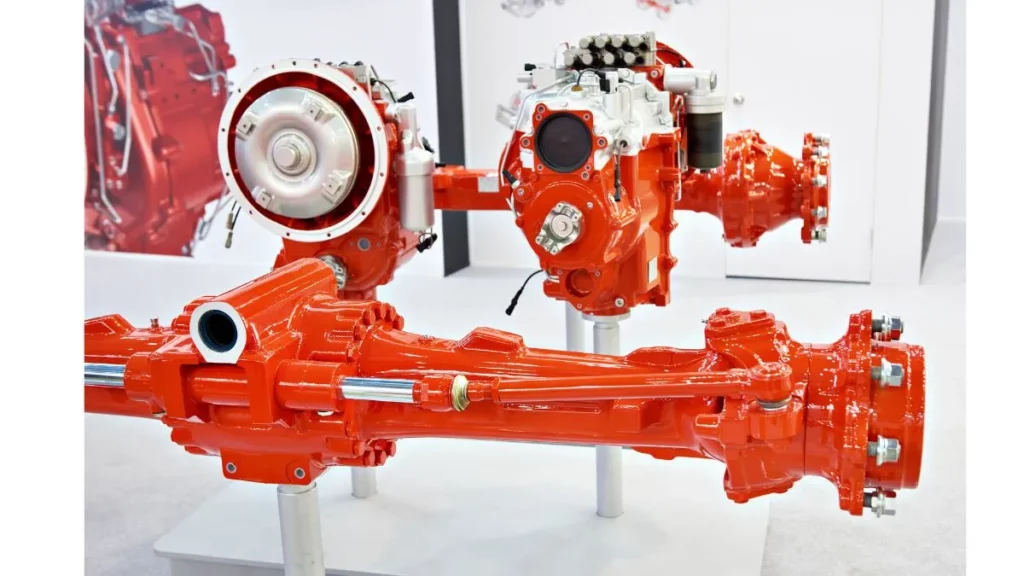Lunyee is a renowned manufacturer of high-quality electric motors, specializing in the production of brushless rear axle assemblies that are transforming the world of electric transportation. With a focus on innovation and sustainability, Lunyee is committed to developing motors that are not only powerful and reliable but also environmentally friendly. Their brushless rear axle assemblies are designed to provide exceptional performance and handling, making them the perfect choice for electric tricycles, cargo bikes, and other small electric vehicles. Whether you’re a seasoned builder or just starting out, Lunyee’s motors are sure to impress with their efficiency, precision, and ease of use. With Lunyee’s brushless rear axle assemblies, you can rest assured that you’re getting a product that has been engineered to the highest standards of quality and performance. So why wait? Contact Lunyee today and experience the power and performance of their state-of-the-art brushless rear axle assemblies for yourself!
When it comes to the performance and functionality of vehicles, the rear axle assembly plays a crucial role. This intricate system, often overlooked, connects the engine power to the wheels, enabling smooth and reliable driving experiences. In this comprehensive guide, we will delve into the world of rear axle assemblies, exploring their mechanics, importance, and how they contribute to the overall performance of vehicles.
Contents
Understanding Rear Axle Assemblies
The rear axle assembly is a vital component responsible for transmitting power from the engine to the wheels. It consists of several key elements, including the axle shafts, differential, bearings, and other supporting components. By transferring torque evenly to the wheels, the rear axle assembly ensures optimal traction, stability, and control.
Unveiling the Importance Power Distribution
The rear axle assembly plays a critical role in distributing power from the engine to the wheels. This distribution ensures that the torque generated by the engine is effectively transmitted to the wheels, enabling efficient acceleration, towing capacity, and overall vehicle performance.
Traction and Stability
A well-maintained rear axle assembly contributes to superior traction and stability, particularly during challenging driving conditions. The differential within the assembly allows the wheels to rotate at different speeds when turning, ensuring smooth cornering and minimizing tire wear. This feature is crucial for maintaining control and safety on the road.
Load-Bearing Capability
Rear axle assemblies are designed to handle heavy loads and towing requirements. The robust construction and load-bearing capacity of the assembly allow vehicles to carry substantial weight without compromising performance or safety. This capability is particularly beneficial for commercial vehicles, SUVs, and trucks.
Types of Rear Axle Assemblies
Solid Axle: The solid axle configuration is a traditional design commonly found in trucks and heavy-duty vehicles. It consists of a single rigid shaft connecting both wheels. Solid axles are known for their durability, strength, and ability to handle heavy loads. They are often favored for their simplicity and reliability. Independent Rear Suspension (IRS): The independent rear suspension utilizes individual suspension components for each wheel. This design offers enhanced ride comfort, improved handling, and better traction on uneven surfaces. IRS is commonly found in passenger cars, sports vehicles, and luxury automobiles.
Maintenance and Care
Regular Inspections: Periodically inspecting the rear axle assembly is essential to identify any signs of wear, damage, or leaks. Pay attention to unusual noises, vibrations, or changes in vehicle performance. Timely detection and addressing of issues can prevent further damage and maintain optimal functionality. Lubrication and Fluid Checks: Proper lubrication is crucial for the smooth operation of the rear axle assembly. Regularly check and change the axle fluid according to the manufacturer’s recommendations. This routine maintenance ensures proper lubrication, reduces friction, and extends the lifespan of the assembly.
Professional Servicing: When facing complex issues or major repairs, it is advisable to seek professional assistance. Experienced technicians possess the expertise and tools required to diagnose and resolve intricate rear axle assembly problems. Professional servicing ensures safety, reliability, and the longevity of your vehicle.
Conclusion
The rear axle assembly is an integral component that significantly influences the performance, traction, and stability of vehicles. By understanding its mechanics, importance, and maintenance requirements, you can ensure a smooth and reliable driving experience. Embrace the power of the rear axle assembly and appreciate its role in the overall performance of your vehicle. Drive with confidence, knowing that you have mastered the intricacies of this essential automotive system.











